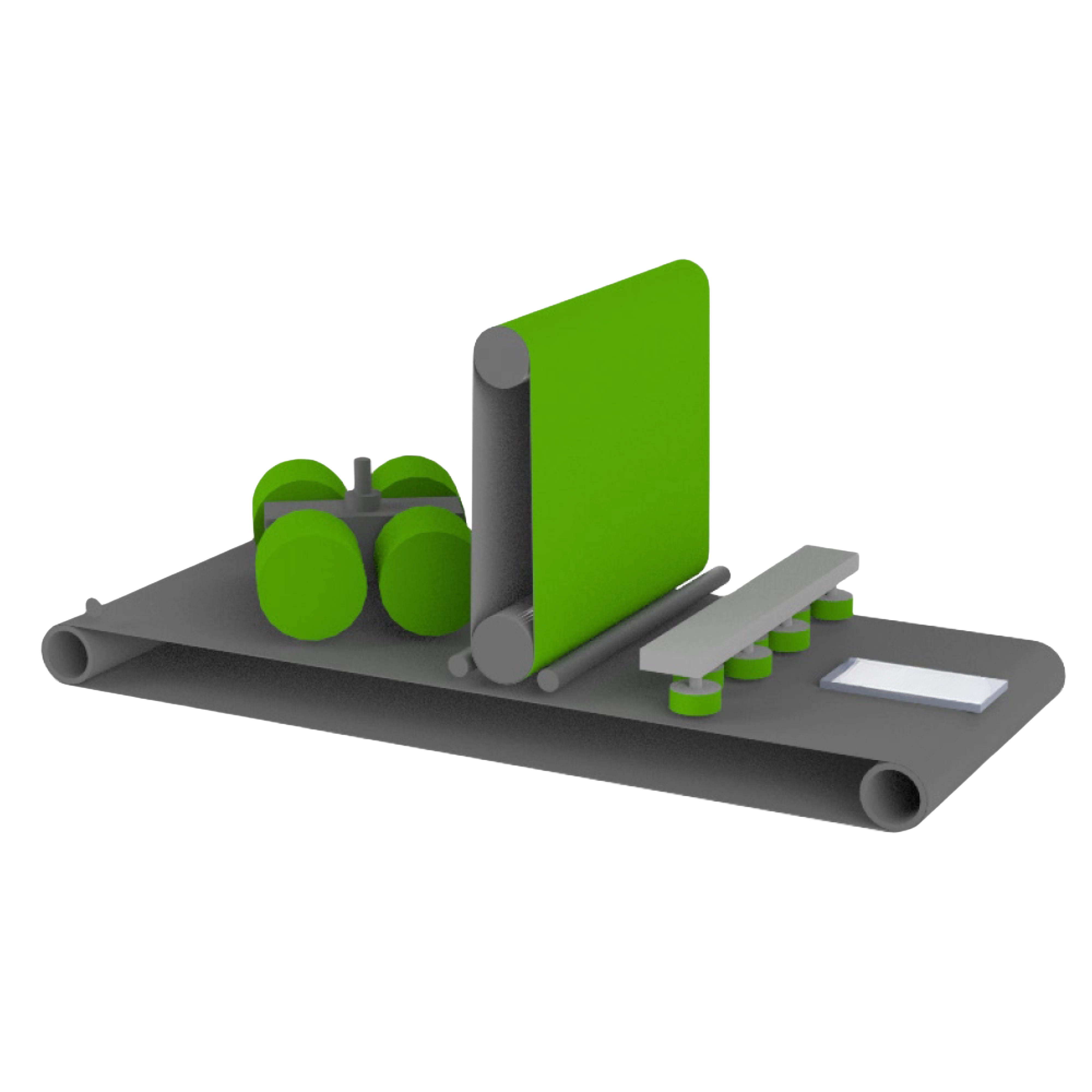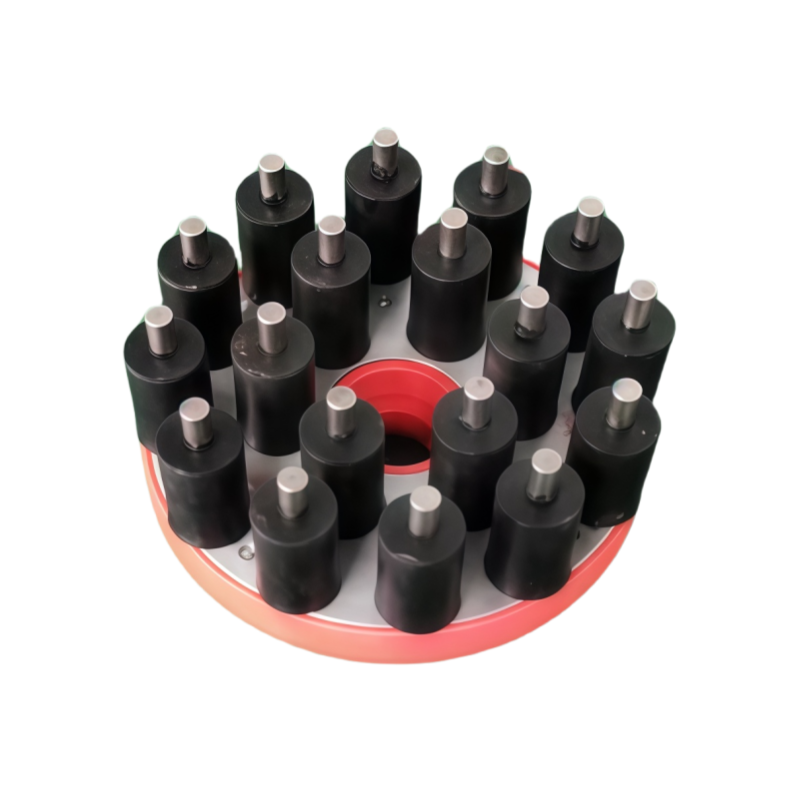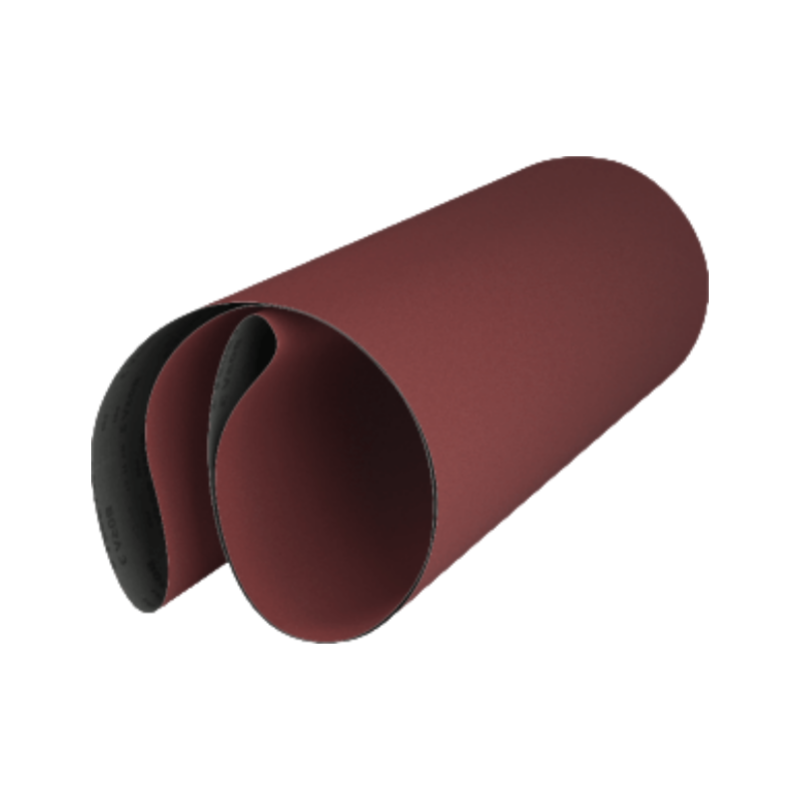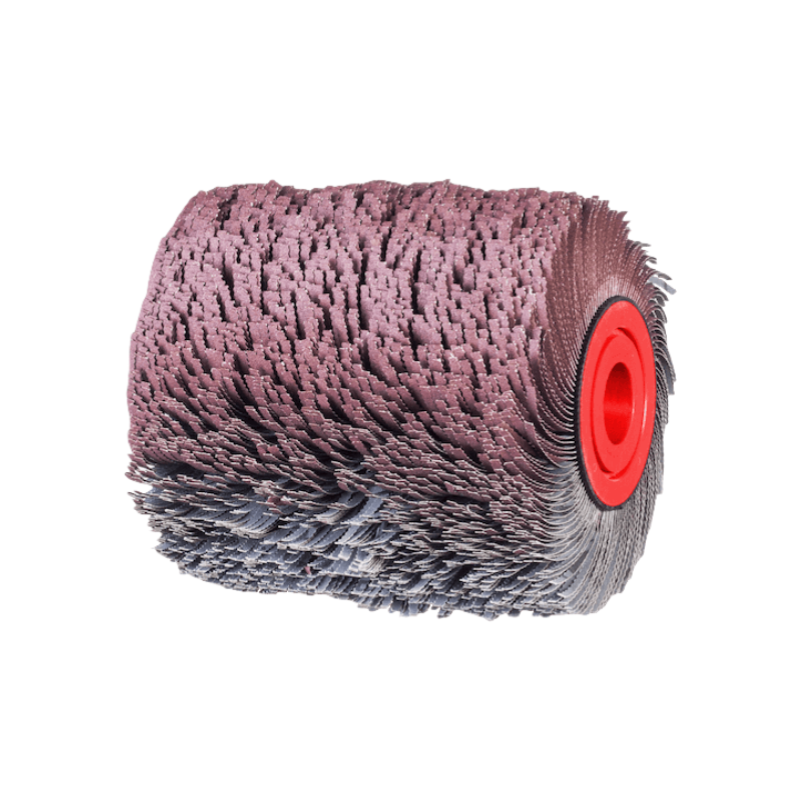The 800mm deburring and edge rounding machine you've described is designed for various metalworking processes, including heavy slag removal, deburring, edge rounding, surface finishing, and polishing. It’s well-suited for steel, aluminum, and stainless steel, particularly to handle the burrs and slag from drilling, punching, shearing, laser cutting, plasma cutting, and flame cutting.

Key Features:
Process Efficiency: This machine efficiently removes burrs from edges and holes, applying a high-speed centrifugal polishing action through the combination of flap wheels, sanding belts, and specialized rotary brushes. This results in smooth edges with a small R radius, even on irregular-shaped workpieces.
Independent Operation of Workstations:
The hammer station is independently operated for slag removal from edges.
The sanding belt station handles surface finishing tasks like polishing and hairline treatment.
The sanding disc brush station provides 360° burr removal, ensuring thorough treatment without damaging the workpiece’s dimensions or finish.
Magnetic and Vacuum Holder System: The strong magnetic worktable efficiently secures workpieces (50mm×50mm and larger), eliminating the need for fixtures. The system’s variable-speed conveyer belt ensures smooth and controlled feeding of parts.
Advanced Dust Extraction: The machine features a wet dust extraction system with high-pressure airflow that filters grinding dust, ensuring a cleaner and safer work environment. The system also recycles metal powder, supporting sustainable production.
Technical Specifications:
800mm deburring and edge rounding machine:
| Item | Specification |
| Processing Width | ≤800mm |
| Processing Thickness | 0.5~80mm |
| Minimum Part Size | 50mm×50mm (for carbon steel) |
| Total Power | 20.25KW |
| Hammer Disc Size | Φ162mm |
| Sanding Belt Size | Φ3530mm×80mm (60# Zirconia Alumina) |
| Sanding Disc Brush Size | Φ300mm×300mm (120# Klingspor brand) |
| Conveyor Feed Speed | 0.5~6m/min (adjustable by frequency converter) |
| Sanding Belt Speed | 12m/s |
| Brush Self-Rotation Speed | 8~26m/s (adjustable by frequency converter) |
| Brush Planetary Rotation Speed | 1~15r/min (adjustable by frequency converter) |
| Number of Brush Planetary Rotation Axes | 1 |
| Number of Brush Planetary Self-Rotation Axes | 4 |
| Processing Thickness Servo Adjustment Accuracy | 0.01mm |
| Brush Compensation Servo Adjustment Accuracy | 0.01mm |
| Grinding Consumables | Hammer Disc + Sanding Belt + Sanding Brush |
| Conveyor Table Load Capacity | ≤400kg |
| Dust Extraction Airflow | 5000m³/h |
| Machine Dimensions | Length 4100mm × Width 1900mm × Height 2200mm |
| Total Weight | Approx. 3T |
Features:
Materials: Steel, Aluminum, Stainless Steel
Main Processes: Heavy slag removal, deburring, edge rounding, surface finishing, polishing, etc.
Work Table Holding System: Strong permanent magnet (vacuum optional)
Functionality: Independent operation of hammer disc, sanding belt, and sanding disc brush for various processes
Environmental Design: Wet dust extraction system for filtration and recycling of grinding dust, ensuring a safe and clean working environment
This equipment is ideal for high-volume processing, particularly when you need to remove burrs and slag from complex shapes without affecting precision, making it a great choice for both small and large metal parts.
1. Heavy Slag Removal
Purpose: Slag is the byproduct that forms when a material, such as steel or aluminum, is cut by methods like plasma cutting, laser cutting, or flame cutting. It consists of oxides and other impurities that can attach to the workpiece’s surface.
Process:
The slag removal process uses abrasives or mechanical force (such as brushes or grinding discs) to remove this unwanted material.
Heavy slag is typically thicker and more stubborn, requiring more forceful methods like hammering or powerful sanding to clear the material from the edges of the workpieces.
Equipment Used: Machines equipped with hammer disc brushes, abrasive belts, and rotating brushes are common tools to efficiently remove slag without damaging the workpiece.
2. Deburring
Purpose: Burrs are raised edges or small fragments of material left on the workpiece after cutting, machining, or forming. These burrs can cause problems during further processing or use, such as difficulty in assembly, injury to operators, and even mechanical failure in the final product.
Process:
Deburring is a process where mechanical methods (like abrasive wheels, sanding belts, and brushes) are used to smooth out the sharp edges and remove burrs from the workpiece’s surface.
The goal is to smooth and round off the edges, preventing damage during handling or use.
Equipment Used: Machines with abrasive wheels, sanding belts, and rotary brushes are typically used to effectively deburr parts.
3. Edge Rounding
Purpose: Edge rounding is the process of giving the edges of a workpiece a smooth, rounded contour, often with a specified radius (such as 1mm, 2mm, etc.). This helps in preventing sharp edges that could cause injury or stress concentration points in the material.
Process:
Edge rounding is typically done using sanding discs, brushes, or specialized tools like abrasive wheels to remove sharp corners or edges.
The process ensures a consistent radius around the workpiece, which is often critical for both aesthetic reasons and functionality, especially in high-stress applications (like vehicle manufacturing or equipment parts).
Equipment Used: CNC-controlled machines with adjustable settings for radius and sanding belts/brushes with precise control can perform edge rounding on various materials.





















